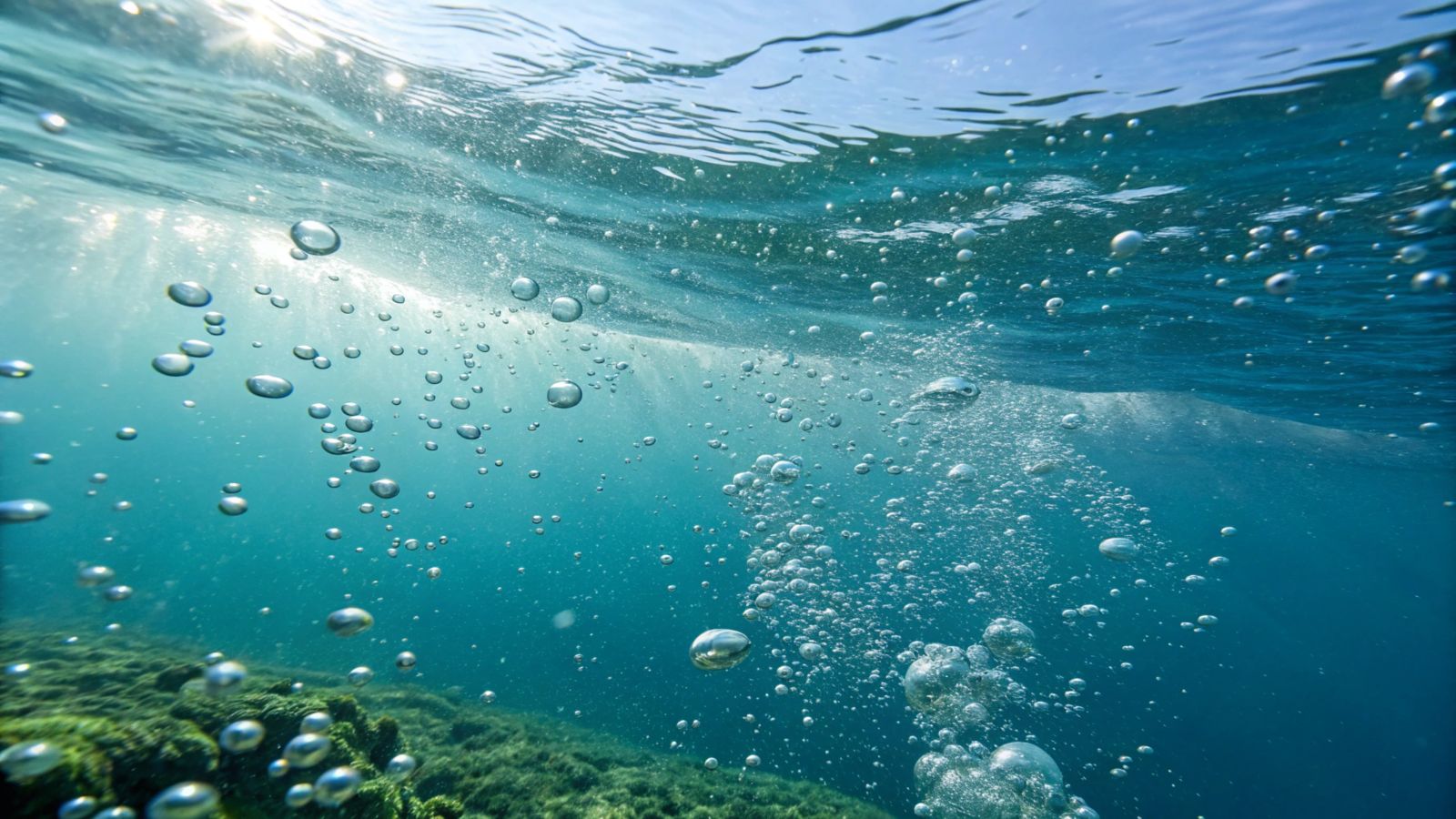How did life learn to breathe? A major discovery 🌱
Published by Adrien,
Source: Proceedings of the National Academy of Sciences
Other Languages: FR, DE, ES, PT
Source: Proceedings of the National Academy of Sciences
Other Languages: FR, DE, ES, PT
Follow us on Google News (click on ☆)
An international team of researchers has identified a molecule that could be the missing link between photosynthesis and aerobic metabolism. This molecule, called methyl-plastoquinone, was found in a nitrogen-using bacterium, Nitrospirota, and exhibits characteristics similar to those used by plants for photosynthesis.

Quinones, molecules present in all forms of life, were previously classified into two categories: those requiring oxygen and those not requiring it. The discovery of methyl-plastoquinone suggests the existence of a third type, potentially the origin of the other two.
This discovery sheds new light on the Great Oxidation Event, a period approximately 2.3 to 2.4 billion years ago when cyanobacteria began producing significant amounts of oxygen through photosynthesis. The presence of methyl-plastoquinone in oxygen-breathing bacteria before this period suggests that some bacteria already had the ability to use oxygen even before cyanobacteria began producing it.
Researchers believe that this molecule is a time capsule, a living fossil that has survived for over 2 billion years. It could be the ancestral form of quinones, which later diversified to give rise to those used by plants and human mitochondria.
This study, published in the Proceedings of the National Academy of Sciences, opens new perspectives on the evolution of aerobic metabolism and how organisms learned to safely breathe oxygen. It also highlights the sophistication of the chemical systems that allow our cells to survive in an oxygen-rich environment.

Felix Elling, former postdoctoral researcher at Harvard and lead author of the study.
Credit: Felix Elling
This research also underscores the importance of protective mechanisms against oxygen damage, which have enabled the diversification of life as we know it today. The discovery of methyl-plastoquinone may well be the key to understanding how life evolved to adapt to an oxygen-rich world.
What is the Great Oxidation Event?
The Great Oxidation Event is a crucial period in Earth's history, occurring approximately 2.3 to 2.4 billion years ago. It marks the time when cyanobacteria, a type of algae, began producing significant amounts of oxygen through photosynthesis.
This oxygen production radically transformed Earth's atmosphere, making it rich in oxygen and conducive to aerobic life. Before this event, Earth's atmosphere was poor in oxygen, and life was primarily anaerobic.
The Great Oxidation Event enabled the emergence and diversification of aerobic organisms, which use oxygen for their metabolism. This paved the way for the complexity of life on Earth, ultimately leading to the appearance of multicellular organisms and, much later, humans.
However, the increase in atmospheric oxygen also led to major environmental changes, including mass extinctions of anaerobic organisms that could not tolerate high oxygen levels.
How do quinones influence metabolism?
Quinones are essential molecules present in all forms of life. They play a key role in metabolic processes, particularly in the electron transport chain, which is crucial for energy production in cells.
There are two main types of quinones: aerobic quinones, which require oxygen to function, and anaerobic quinones, which do not. Aerobic quinones are used by plants for photosynthesis and by animals and bacteria for respiration.
The discovery of methyl-plastoquinone, a third variant of quinone, suggests an evolutionary transition between anaerobic and aerobic quinones. This molecule could be a missing link in the evolution of aerobic metabolism.
Quinones are therefore fundamental to understanding how organisms evolved to use oxygen efficiently and safely, enabling the diversification of life on Earth.